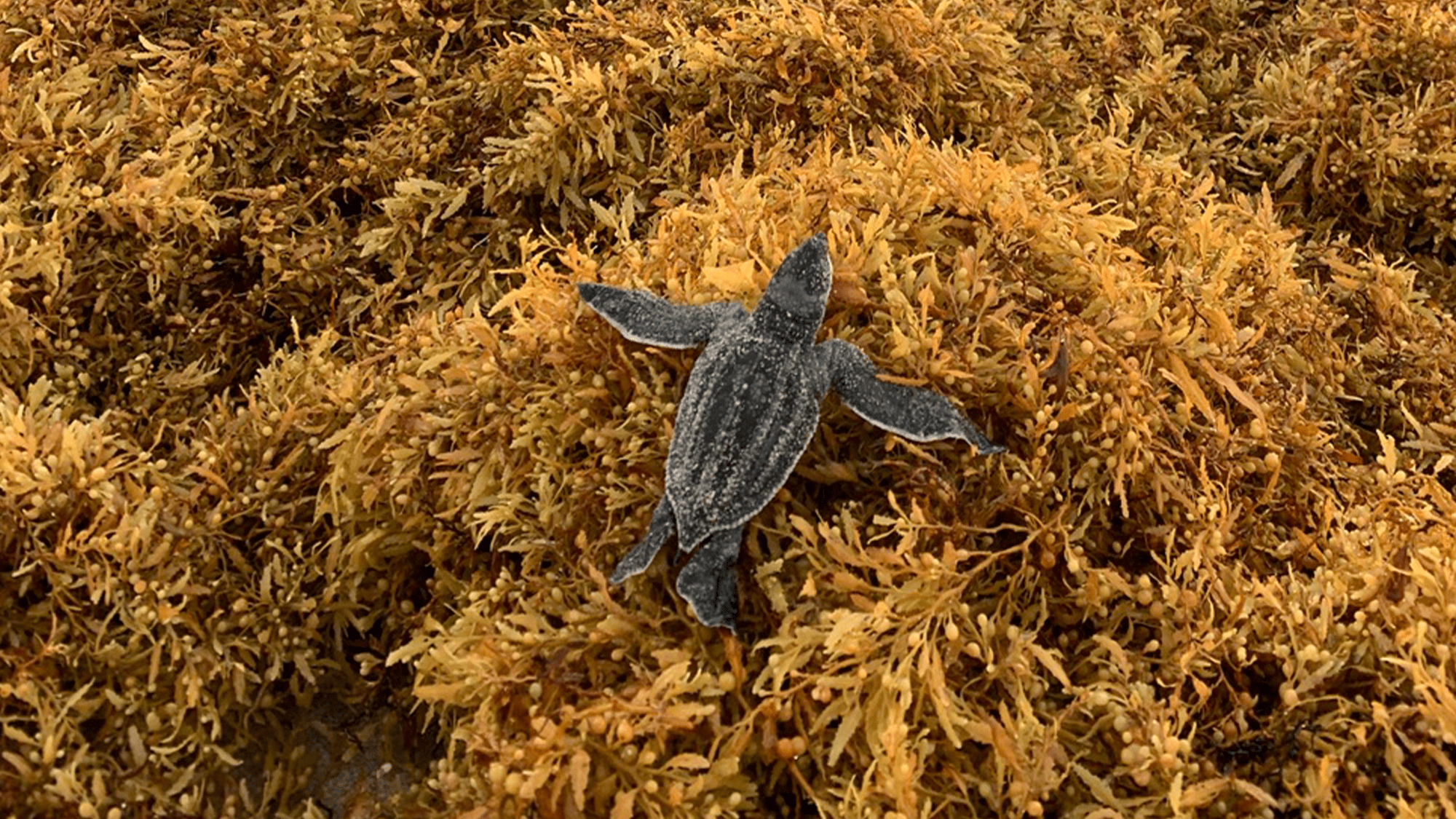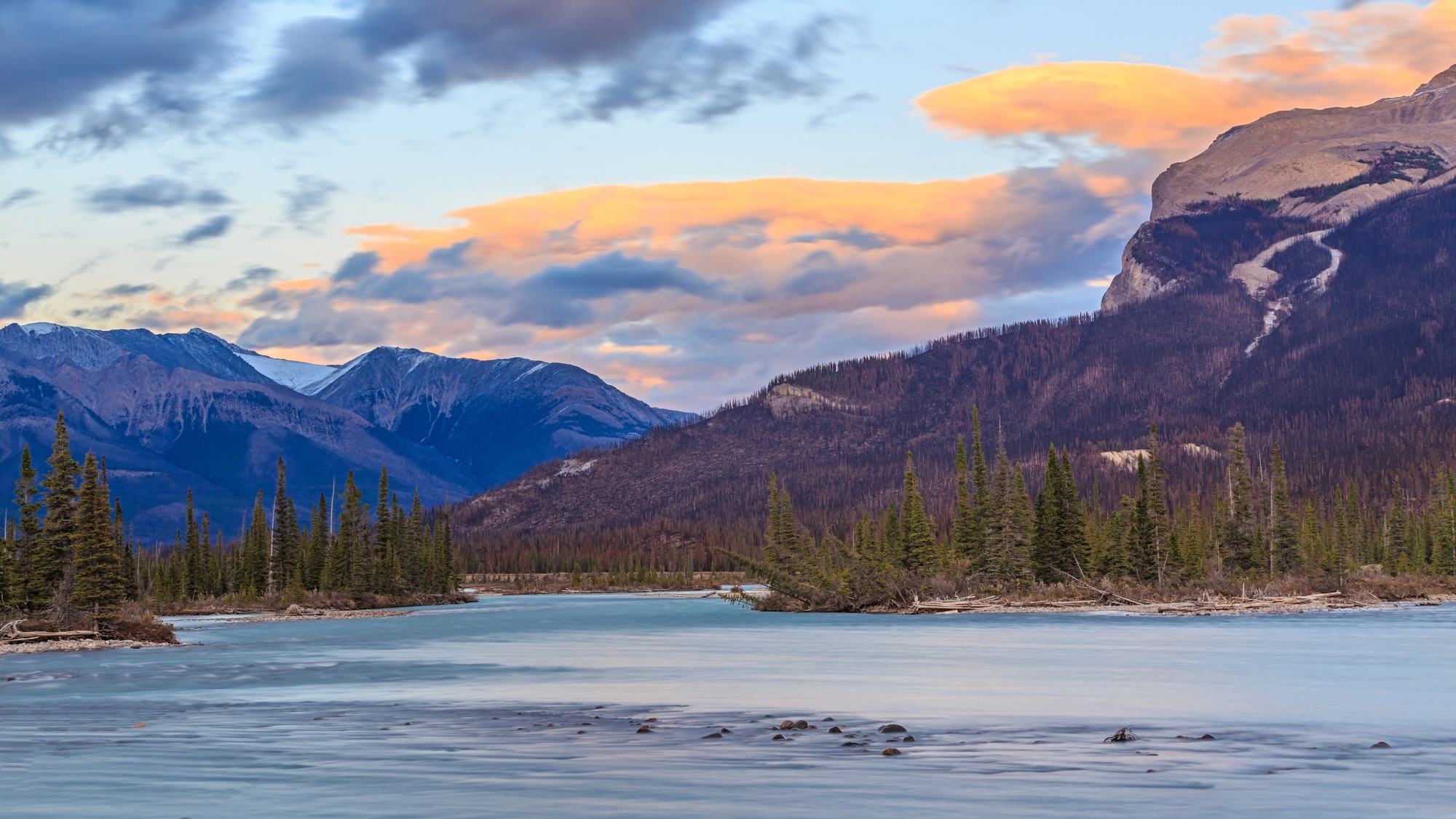Now Reading: Sea Turtle Hatchlings Battle Seaweed Obstacles to Reach Ocean
-
01
Sea Turtle Hatchlings Battle Seaweed Obstacles to Reach Ocean
Sea Turtle Hatchlings Battle Seaweed Obstacles to Reach Ocean

Rapid Summary
- Study Focus: Research from Florida Atlantic University examines the impact of Sargassum, a type of floating brown seaweed, on sea turtle hatchlings’ physical and survival challenges during their crawl to the ocean.
- Species Studied: The study focused on three species common in southern Florida – leatherbacks (Dermochelys coriacea), loggerheads (caretta caretta), and green turtles (Chelonia mydas).
- Key Findings:
– Large mats of Sargassum impede hatchling movement,increasing time spent on beaches,which exposes them to dehydration,predators like birds and crabs,as well as overheating.
– Some piles of Sargassum were over 3 feet tall and could extend hundreds of meters along these beaches.
– hatchlings that climbed thru seaweed mats experienced frequent inversions (flipping upside down), with one flipping over 20 times during a trial.
– Blood glucose levels-used as an energy metric-did not show important depletion across all test groups but indicated general crawling exertion rather than specific energy effects from Sargassum.
- Beach Management Insight: Better strategies may be designed based on findings to support turtle conservation.
Indian Opinion Analysis
India, home to coastal regions hosting marine species like ridley sea turtles in Odisha’s Gahirmatha Beach Sanctuary, should note this study’s implications. Challenges posed by obstacles such as excess vegetation or pollution can similarly hinder local conservation efforts. While India does not experience Sargassum-specific issues currently recorded in the Caribbean Sea or South Florida regions, parallels exist with risks posed by coastal debris affecting endangered turtles’ nesting success.Integrating insights from research abroad into India’s beach management policies could bolster turtle survival rates through targeted efforts such as controlled nest zone monitoring and public awareness campaigns. With India actively involved in wildlife preservation under acts such as The Wildlife Protection Act (1972), addressing evolving environmental barriers is vital for safeguarding its unique marine ecosystems amidst global climate change patterns.























